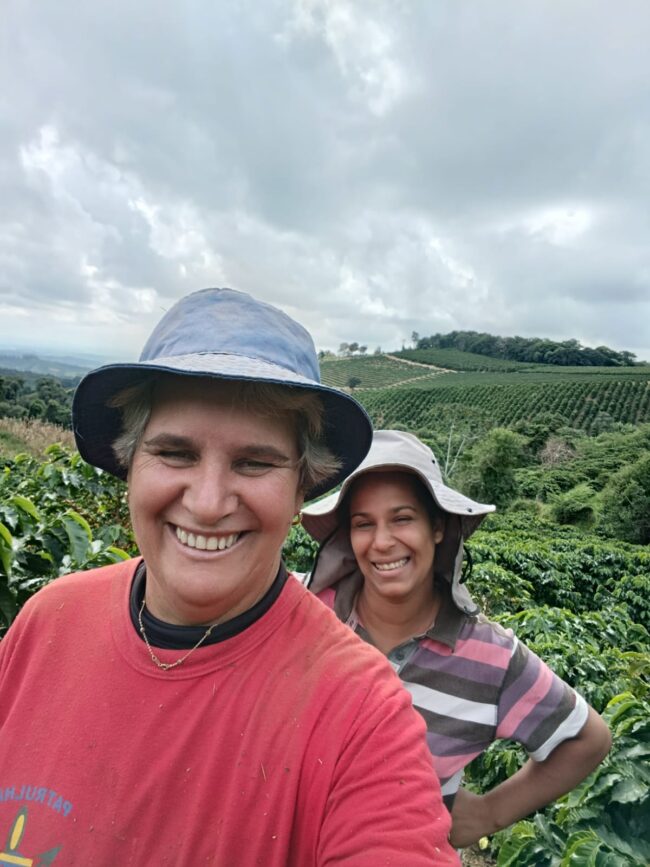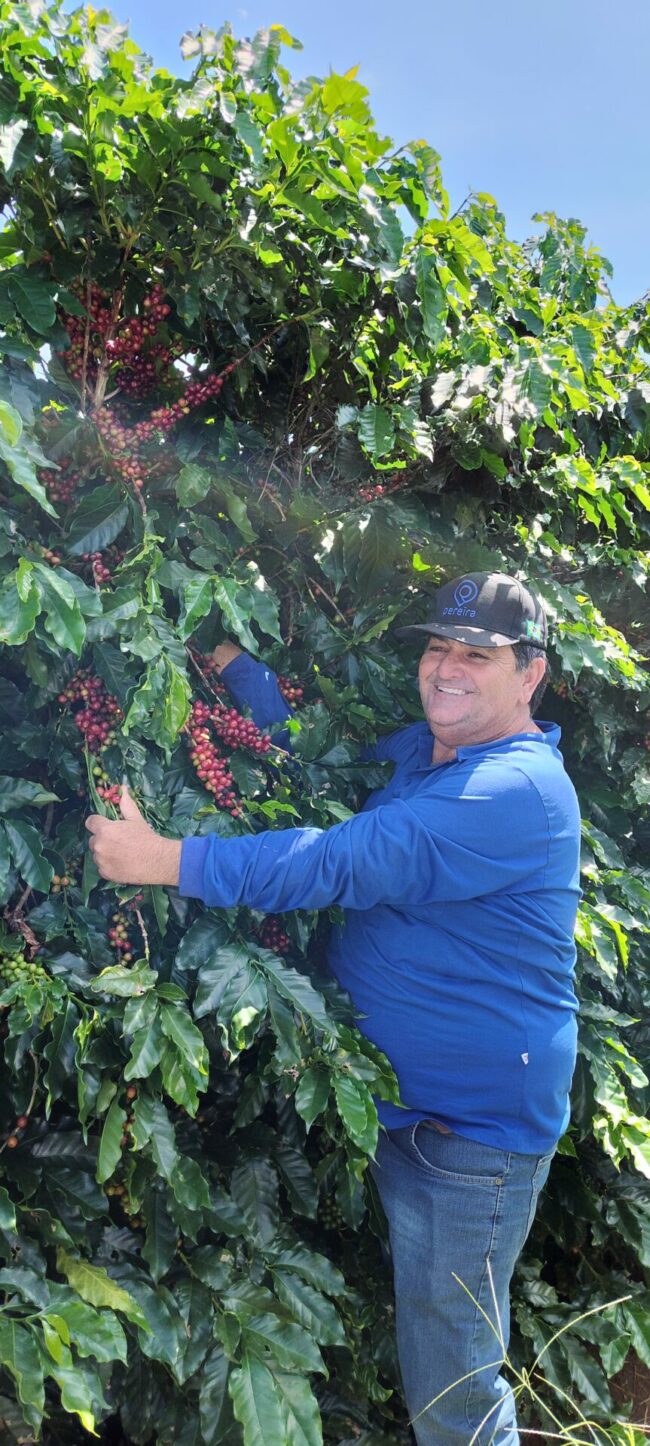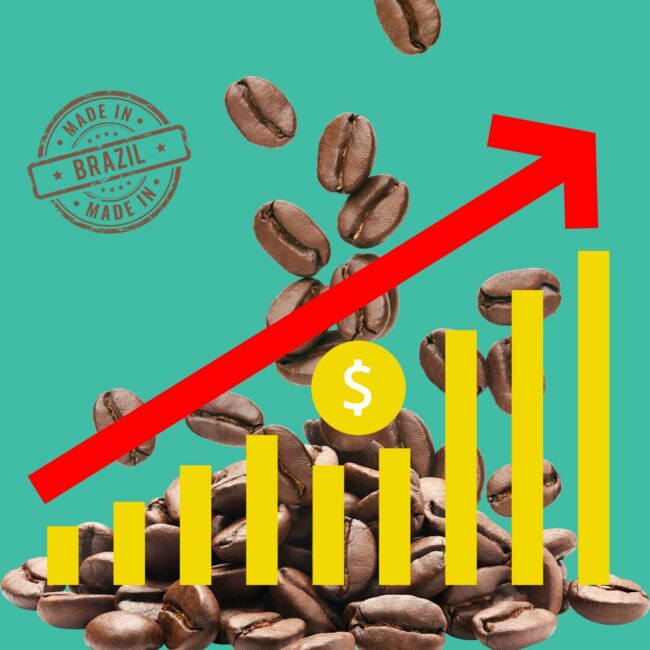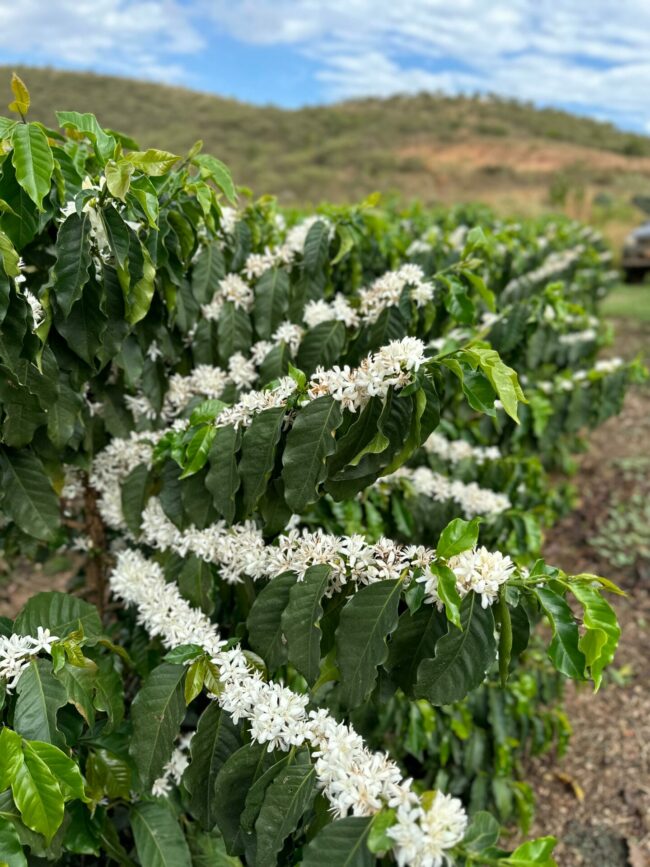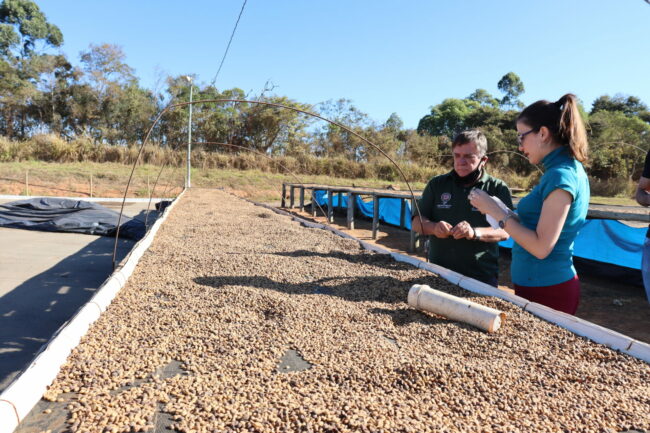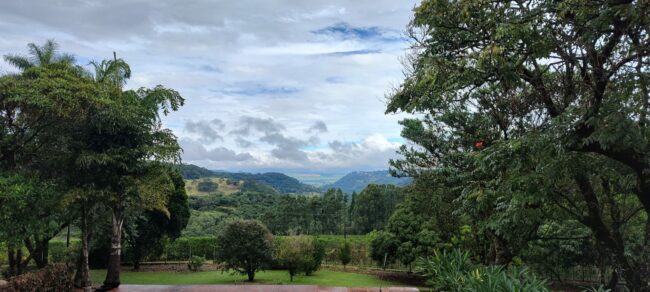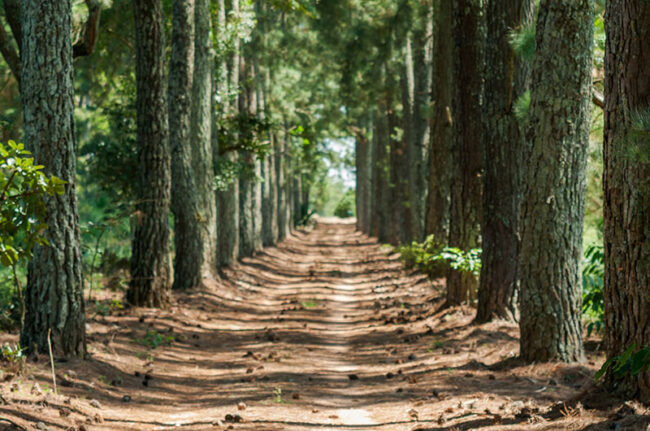Sítio Senhora Aparecida & Nossa Senhora da Paz
Marcia has been working with coffee since childhood, on the farm where her parents worked. In 1994, she got married, and she and her husband started working with her in-laws on their farm. In 1998, this friendly and hard-working couple managed to buy their land and decided to focus more on specialty coffees. Since then,…

